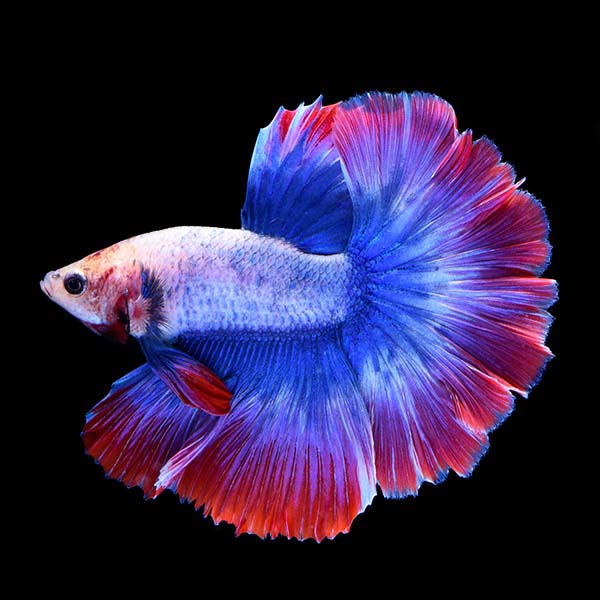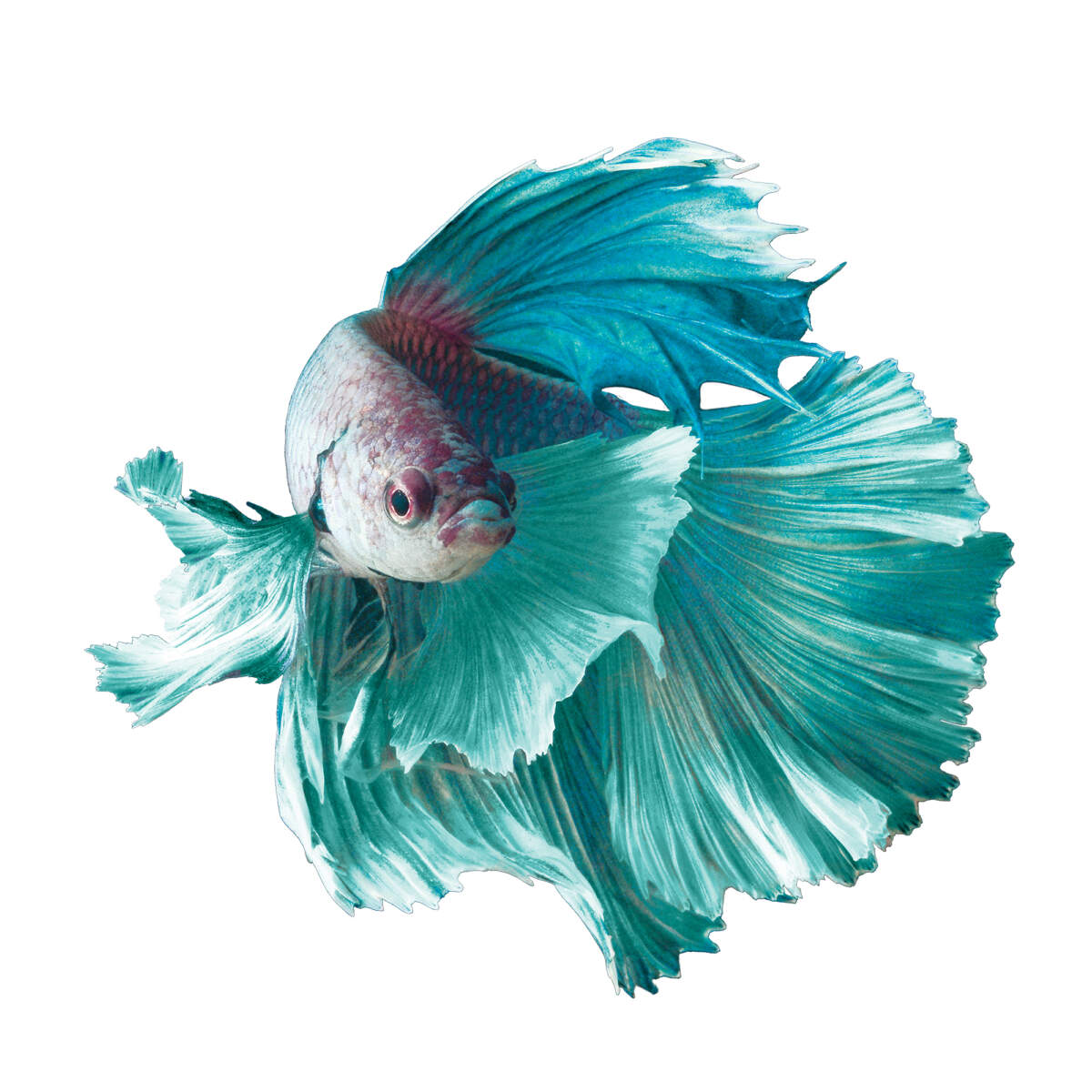Exactly How to Breed Betta Fish Successfully: Specialist Strategies and Insights for Hobbyists Aiming To Broaden Their Betta Collection
Breeding Betta fish needs a nuanced understanding of genes and environmental conditions, making it necessary for enthusiasts to come close to the process with both diligence and care. Producing an optimum reproduction environment, selecting the best pairs, and observing the details of their courtship behaviors are foundational steps that can considerably affect the result.
Recognizing Betta Fish Genes
Understanding the genetics of Betta fish is essential for successful breeding, as it influences characteristics such as color, fin shape, and habits. Betta fish display a diverse variety of colors and patterns, mainly established by their hereditary make-up. The key genetics liable for pigmentation consist of the "B" genetics for blue, "D" genetics for red, and the "C" genetics for shade intensity. Breeders can adjust these attributes by picking specific moms and dad fish that exhibit desired characteristics.
Along with coloration, fin morphology is an additional substantial element of Betta genetics (betta fish). The sizes and shape of fins are affected by numerous genes, including those that establish whether the fins are brief, long, or veil-shaped. Comprehending these genetic variants aids breeders predict the phenotypic end results of their children
Furthermore, behavior qualities such as aggressiveness and territoriality can also be affected by genes. These behaviors play an essential duty in the reproducing process, as they can influence generating success and the overall personality of the resulting fry. By thoroughly comprehending these hereditary concepts, breeders can make educated decisions, inevitably enhancing their reproduction programs and accomplishing desirable outcomes.
Preparing the Breeding Setting
Producing an optimal reproduction environment is crucial for the successful recreation of Betta fish. The very first action in preparing this atmosphere is to select a proper reproduction storage tank, preferably ranging from 5 to 10 gallons. This dimension permits adequate swimming space and the establishment of regions. The storage tank needs to be outfitted with a heater to preserve a stable temperature in between 78 ° F and 80 ° F, which is vital for motivating generating habits.
Next, take into consideration using a sponge filter or an air rock to provide mild water circulation without developing solid currents that can stress the fish. It is necessary to install plants or reproducing cones to use concealing places and advertise comfort for the female throughout the spawning process. Drifting plants, such as Java moss or water sprite, can also develop a more natural environment while helping with bubble nest building by the male.
Prior to introducing the breeding sets, make sure the water is conditioned and without hazardous chemicals, such as chlorine or heavy steels. betta fish. Normal water adjustments ought to be conducted to maintain optimal water quality, enhancing the chances of successful reproduction. With these prep work in check out here area, the reproducing atmosphere will support the wellness and wellness of both Betta fish
Selecting Breeding Pairs
Picking the appropriate reproduction pairs is important for accomplishing successful Betta fish recreation. When picking your reproduction pairs, consider several vital variables consisting of health, temperament, and genes. Healthy and balanced Betta fish exhibit vibrant shades, clear eyes, and energetic behavior. Selecting fish that are devoid of condition makes sure a much better chance of generating feasible offspring.
Character is an additional crucial consideration, as Betta fish are recognized for their aggressive nature. It is suggested to choose a male and woman that exhibit suitable temperaments to decrease tension throughout the breeding procedure. A calm man can encourage a smoother courtship, while a woman that is too hostile may interfere with the process.
Hereditary background likewise plays a significant function in the quality of the children. Reproducing fish that are genetically diverse can reduce the danger of genetic health concerns and enhance the general vitality of the fry. It is helpful to research the lineage of both the man and lady, focusing on preferable attributes such as fin type, color scheme, and size.
The Reproduction Refine
The breeding procedure of Betta fish requires cautious preparation and attention to detail to make certain a successful result. It is essential to prepare a suitable breeding container, ideally a 5-10 gallon fish tank with a temperature level kept at 78-80 ° F. The tank ought to be furnished with a heating system, filter (preferably sponge kind to stay clear of strong currents), and lots of water plants for the lady to hide.
Once the environment is established, introduce the selected reproducing pair to the container, permitting them to accommodate. Observe their habits; the male will certainly display intricate courtship rituals, consisting of flaring his fins and building a bubble nest. If the woman reveals rate of interest, she will certainly show upright red stripes showing readiness for spawning.
When their website the woman is responsive, the pair will participate in a mating accept, during which the male fertilizes the eggs. It is essential to why not try this out monitor their interactions very closely, as the man may become aggressive. After generating, eliminate the woman to stop potential harm. The man will tend to the eggs, which generally hatch within 24-36 hours. Keeping ideal water conditions throughout this duration is vital for the development of healthy and balanced Betta fry.
Caring for Betta Fry

Feeding Betta fry is vital, as they call for a diet high in protein. They can be fed infusoria or liquid fry food, transitioning to finely smashed high-grade pellets as they expand. Feed small portions multiple times a day to encourage healthy growth without overwhelming the storage tank with leftover food.

As they develop, check their growth very closely and separate any kind of aggressive people to avoid injury. By offering a supporting environment and correct nutrition, enthusiasts can successfully increase Betta fry right into dynamic, healthy and balanced fish, ultimately improving their reproduction endeavors.
Verdict
Successful Betta fish breeding requires precise interest to hereditary option, ecological problems, and treatment for the fry. By recognizing the genes of Betta fish and preparing an appropriate breeding environment, enthusiasts can enhance the chances of producing vibrant, healthy offspring.